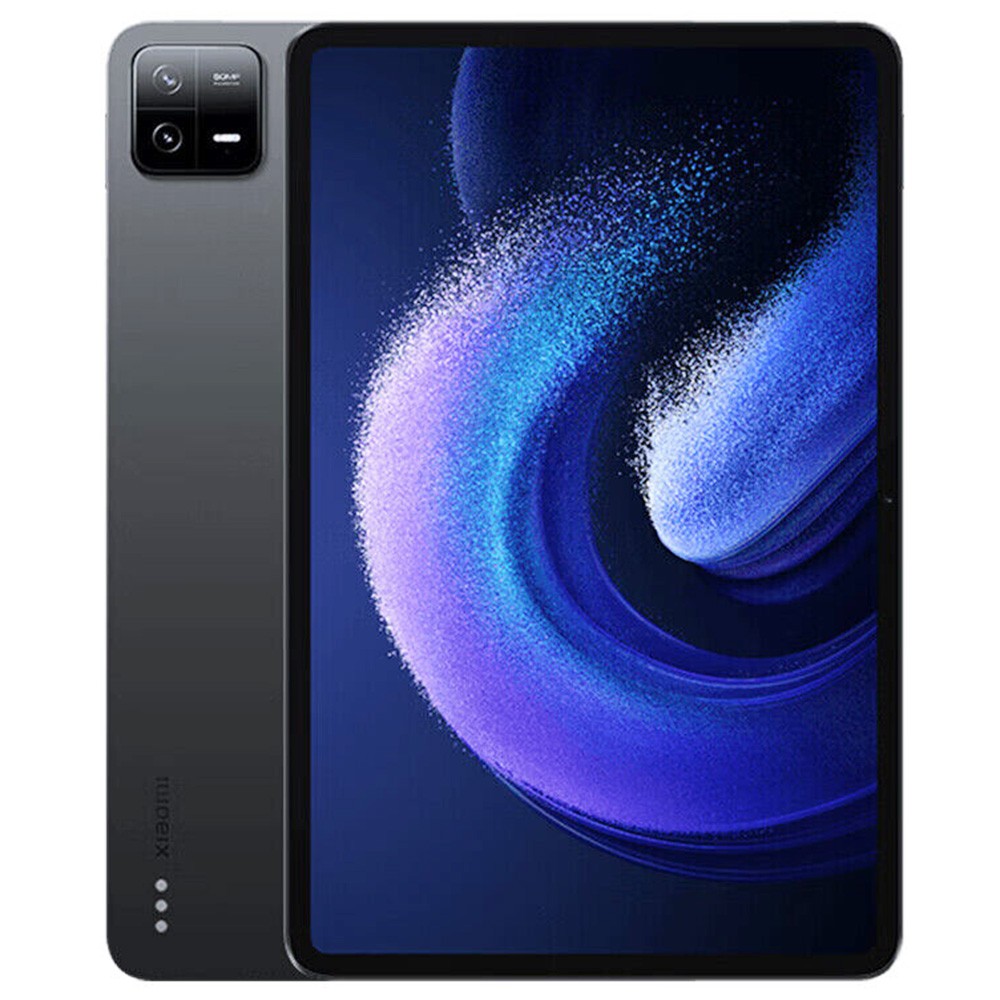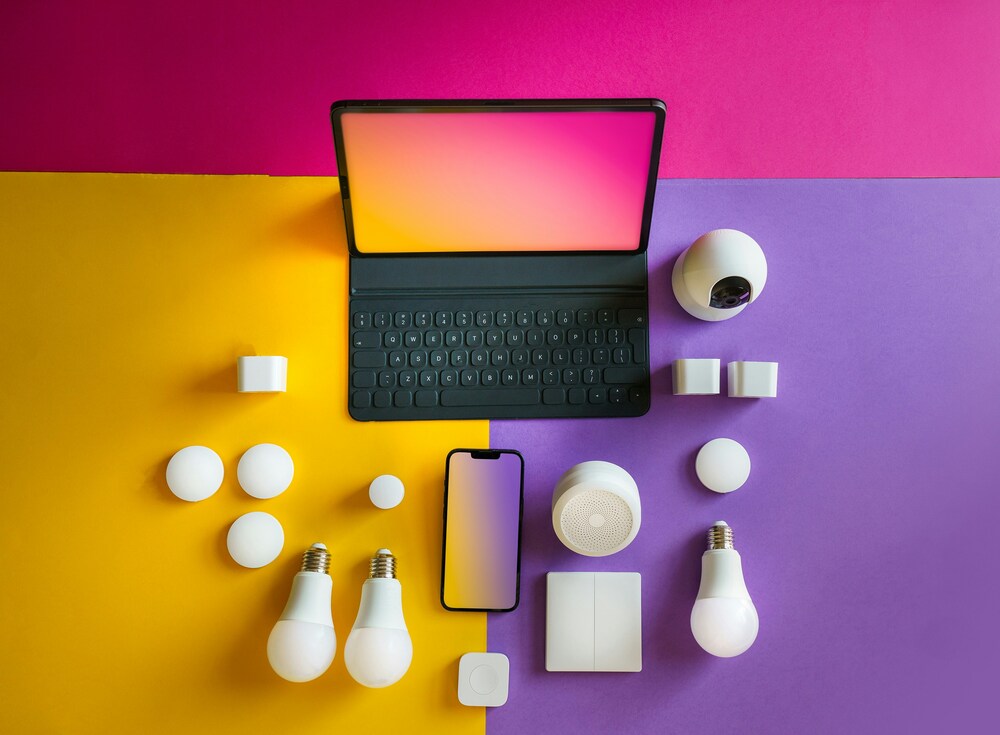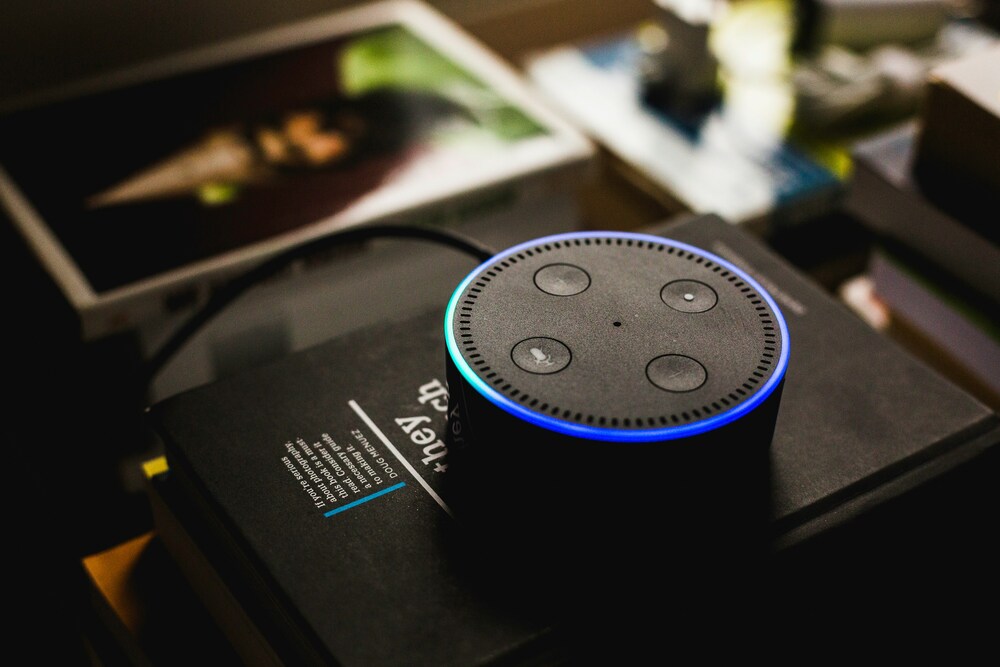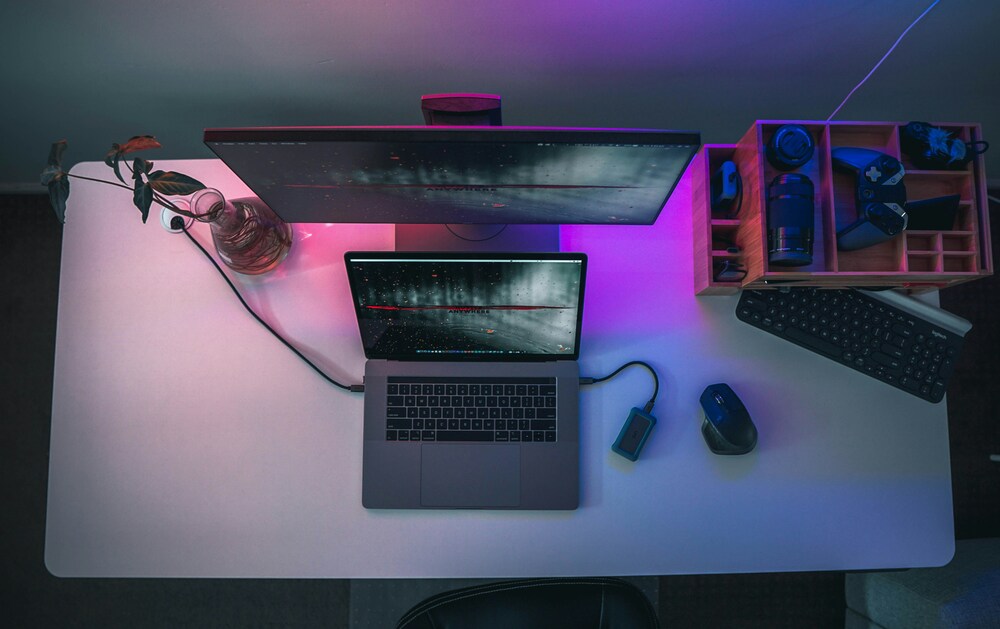- Home
- Articles
- Architectural Portfolio
- Architectral Presentation
- Inspirational Stories
- Architecture News
- Visualization
- BIM Industry
- Facade Design
- Parametric Design
- Career
- Landscape Architecture
- Construction
- Artificial Intelligence
- Sketching
- Design Softwares
- Diagrams
- Writing
- Architectural Tips
- Sustainability
- Courses
- Concept
- Technology
- History & Heritage
- Future of Architecture
- Guides & How-To
- Art & Culture
- Projects
- Interior Design
- Competitions
- Jobs
- Store
- Tools
- More
- Home
- Articles
- Architectural Portfolio
- Architectral Presentation
- Inspirational Stories
- Architecture News
- Visualization
- BIM Industry
- Facade Design
- Parametric Design
- Career
- Landscape Architecture
- Construction
- Artificial Intelligence
- Sketching
- Design Softwares
- Diagrams
- Writing
- Architectural Tips
- Sustainability
- Courses
- Concept
- Technology
- History & Heritage
- Future of Architecture
- Guides & How-To
- Art & Culture
- Projects
- Interior Design
- Competitions
- Jobs
- Store
- Tools
- More
Top 5 Best Android Tablets for Architects: Precision Power and Portability
Finding the perfect Android tablet can be a game-changer for architects. Whether we’re sketching concepts, reviewing blueprints, or presenting designs to clients, the right device ensures seamless productivity and creativity on the go.

Finding the perfect Android tablet can be a game-changer for architects. Whether we’re sketching concepts, reviewing blueprints, or presenting designs to clients, the right device ensures seamless productivity and creativity on the go. With so many options available, it’s essential to choose one that meets our specific needs—powerful performance, precise stylus support, and a stunning display.
As architects, we rely on tools that keep up with demanding design software and multitasking. The best Android tablets not only offer impressive hardware but also provide versatility for both work and leisure. Let’s explore some top choices that blend functionality, portability, and style, making them ideal companions for our architectural workflows.
Table of Contents
ToggleKey Features to Consider in an Android Tablet for Architects
Architects require tablets that balance high performance and usability. Certain key features ensure seamless handling of design tasks and efficient workflows.
Display Quality and Screen Size
A high-resolution display with at least 2560×1600 pixels ensures sharp visuals. Larger screen sizes, such as 11 inches or more, provide ample space for intricate designs. AMOLED or IPS panels improve color accuracy, which is essential for architectural renderings.
Processing Power and Performance
A powerful multi-core processor, such as Qualcomm’s Snapdragon 8 Gen 2 or equivalent, accelerates operations in resource-intensive design apps like AutoCAD and SketchUp. At least 8GB of RAM supports multitasking without lags, ensuring smooth transitions between projects.

Stylus Compatibility and Precision
Stylus input is vital for detailed sketches and annotations. Devices compatible with advanced styluses like the S Pen or Precision Pen should offer low latency and pressure sensitivity levels of 4,096 or higher, enabling accurate lines and strokes during design.
Battery Life and Portability
Tablets with over 10 hours of battery life sustain long design sessions without interruptions. Lightweight designs, under 500 grams, enhance portability, making them convenient for on-site visits or remote work tasks.
Top Picks for the Best Android Tablets for Architects
The right tablet can transform how architects work, offering tools that elevate design precision and productivity. We’ve curated a list of the best Android tablets that meet the demands of architectural projects.
Samsung Galaxy Tab S9 Ultra
Samsung Galaxy Tab S9 Ultra combines a 14.6-inch Dynamic AMOLED 2X display with a resolution of 2960×1848 pixels. It delivers sharp visuals, ideal for complex 3D modeling and intricate design works. Powered by the Qualcomm Snapdragon 8 Gen 2 processor and up to 16GB RAM, it handles demanding design software seamlessly. The S Pen offers precise stylus input, and the 11,200mAh battery ensures long-lasting usage, even on busy days.

Lenovo Tab P12 Pro
Lenovo Tab P12 Pro features a 12.6-inch AMOLED display with a resolution of 2560×1600 pixels. It’s optimized for clear, detailed visuals in drafts and architectural renderings. The Qualcomm Snapdragon 870 chipset and up to 8GB RAM support multitasking across multiple design apps. Compatible with the Lenovo Precision Pen 3, it delivers accurate stylus performance for sketching and annotations. Its lightweight design and 10,200mAh battery make it highly portable, suitable for on-site visits.

Samsung Galaxy Tab S7+
Samsung Galaxy Tab S7+ offers a 12.4-inch Super AMOLED display with a 2800×1752 resolution for vivid and detailed imagery. Its Snapdragon 865+ processor and up to 8GB RAM ensure smooth operation of CAD software. The low-latency S Pen enhances precision, making it invaluable for architects. Its 10,090mAh battery enables over 14 hours of usage, providing dependable performance during long work sessions or meetings.

Huawei MatePad Pro
Huawei MatePad Pro stands out with its 12.6-inch OLED FullView display at 2560×1600 resolution. The Kirin 9000E processor and 8GB RAM support resource-intensive tasks like design rendering and 3D-model editing. Pair it with the M-Pencil for responsive and accurate stylus capabilities. Its compact design and 10.8mm-thin profile, combined with a 10,050mAh battery, make it a practical option for both office and fieldwork.

Xiaomi Pad 6 Pro
Xiaomi Pad 6 Pro offers an 11-inch WQHD+ display with a 2880×1800 resolution, suitable for detailed design viewing. The Snapdragon 8+ Gen 1 chipset and up to 12GB RAM handle resource-heavy apps efficiently. The Xiaomi Smart Pen provides accurate drawing and note-taking performance. With an 8600mAh battery and 67W fast charging, it’s designed to support intensive workflows with minimal downtime.

Comparison of the Best Android Tablets for Architects
Selecting the right Android tablet involves understanding how each device balances price, performance, drawing capabilities, and software compatibility. We’ve analyzed the top choices to help architects make an informed decision.
Price vs. Performance Breakdown
Price and performance are critical factors when choosing a tablet for architectural work. Devices like the Samsung Galaxy Tab S9 Ultra, starting at approximately $1,200, offer premium performance with its Snapdragon 8 Gen 2 processor and a 14.6-inch AMOLED display. This tablet justifies its price by catering to intensive tasks such as 3D modeling and rendering.
Mid-range options, such as the Lenovo Tab P12 Pro at $700, balance cost and functionality. It delivers strong multitasking capabilities with its Snapdragon 870 processor and supports external keyboards, making it ideal for budget-conscious professionals.
For those seeking affordability, the Xiaomi Pad 6 Pro, priced around $450, provides an efficient Snapdragon 8+ Gen 1 chipset and a WQHD+ display for sketching and accessibility without compromising essential features.
Stylus and Drawing Experience
Precise stylus performance enhances the drawing experience on these tablets. The Samsung Galaxy Tab S9 Ultra’s S Pen offers ultra-low latency and pressure sensitivity, enabling detailed drawing and annotation. Architects can seamlessly transition between tasks like sketching and technical drafting.
The Samsung Galaxy Tab S7+ and Lenovo Tab P12 Pro also feature styluses with excellent precision and responsiveness. The S Pen for the S7+ and Lenovo Precision Pen 3 provide smooth stroke input, making them reliable tools for creating intricate designs and annotations.
Meanwhile, the Huawei MatePad Pro includes the M-Pencil with 4,096 pressure levels, suitable for tasks that demand precision. This stylus ensures compatibility with various architectural design workflows.

Software Compatibility with Architecture Apps
Tablets’ compatibility with architecture apps is essential for effective on-the-go work. Devices like the Samsung Galaxy Tab S9 Ultra and Tab S7+ perform well with apps like AutoCAD, SketchUp, and BIMx due to their powerful processors and ample RAM.
The Lenovo Tab P12 Pro supports multitasking features like split-screen mode, ideal for using apps such as Revit and Morpholio Trace side-by-side. Architects benefit from streamlined workflows during design processes.
For lightweight projects, the Xiaomi Pad 6 Pro handles apps including Concepts and Shapr3D effectively. It provides a budget-friendly alternative while maintaining adequate software compatibility for less resource-intensive tasks.
Tips for Choosing the Right Tablet for Architecture Work
Selecting the perfect tablet for architects involves assessing functionality, durability, and compatibility with design tools. Evaluating specific factors ensures it meets professional demands while fitting personal preferences.
Balancing Budget with Requirements
Balancing cost with essential features ensures the investment aligns with both performance and affordability. Tablets like the Samsung Galaxy Tab S9 Ultra offer high-end specs for professional-grade tasks, while devices such as the Xiaomi Pad 6 Pro deliver essential capabilities at a lower price point. Allocate funds for critical attributes, including display quality, processing power, and stylus compatibility, especially for tasks involving complex 3D modeling or drafting. For budget options, consider mid-range models that still perform well with architecture software but avoid cheaper tablets with outdated hardware.
Importance of Future-Proofing Your Device
Choosing a future-proof tablet minimizes the need for early replacements. Focus on devices with cutting-edge processors like Snapdragon 8 Gen 2 or similar, a minimum of 8GB RAM, and storage options exceeding 128GB for longevity. Ensure software compatibility, especially with architecture design apps such as AutoCAD and SketchUp, and check for updates supporting future enhancements. Connectivity standards, like 5G or Wi-Fi 6, also improve the tablet’s relevance over time. Hardware durability, such as reinforced screens and long-lasting batteries, safeguards usability for architects working on-site.

Evaluating Reviews and User Feedback
User reviews and ratings serve as practical indicators of a tablet’s real-world performance. Platforms like Amazon, Best Buy, and tech review sites often highlight key strengths and drawbacks. Prioritize feedback assessing multitasking, stylus accuracy, and display sharpness under professional workloads. Look for reviews specifically addressing architecture-related tasks to ensure the tablet performs well with design software. Pay attention to mentions of overheating, lag, or inconsistent stylus responsiveness, as these could hinder efficiency in architectural work.
Conclusion
Selecting the best Android tablet for architects requires a focus on critical features like display quality, processing power, stylus performance, and software compatibility. We’ve examined top-performing models, from the Samsung Galaxy Tab S9 Ultra with its 14.6-inch AMOLED display and high-end specifications to the Xiaomi Pad 6 Pro, offering essential tools at an affordable price.
Understanding the balance between price and performance is crucial. Premium options like the Samsung Galaxy Tab S9 Ultra cater to architects handling complex designs, while mid-range and budget options like the Lenovo Tab P12 Pro and Xiaomi Pad 6 Pro provide versatility without overspending. Stylus functionality directly impacts design precision, with devices like the S Pen on Samsung tablets and the M-Pencil on the Huawei MatePad Pro delivering low-latency accuracy for intricate work.
Software compatibility plays a defining role in a tablet’s utility. Tablets supporting popular apps like AutoCAD and SketchUp enhance productivity, making them indispensable for modern architectural workflows. Combining these features with durable designs, long battery life, and lightweight builds ensures a seamless, reliable experience, whether working on-site or remotely.
- Android tablets for architecture
- Android tablets for creative professionals
- Android tablets for design professionals
- architect tablet recommendations
- architecture design tablets
- best android tablet for architecture design
- Best Android tablets for architects
- best android tablets for architecture students
- best android tablets for CAD software
- best android tablets for design professionals
- best android tablets for sketching architecture
- best architecture drawing tablets android
- best budget android tablets for architects
- best portable android tablets for architecture work
- best powerful android tablets for architects
- best stylus android tablets for architects
- best tablets for architects 2025
- best tablets for architects android
- high-performance tablets for architects
- portable Android tablets
- powerful tablets for architects
- precision tablets for architects
- tablets for architectural work
- top 5 Android tablets for architecture
- top Android tablets for design
illustrarch is your daily dose of architecture. Leading community designed for all lovers of illustration and #drawing.
Submit your architectural projects
Follow these steps for submission your project. Submission FormLatest Posts
How Virtual Architecture Is Redefining Design From Real Time Worlds to Built Impact
Discover how virtual architecture is redefining design from static sketches to immersive,...
Designing a Starter Smart Home Without Breaking the Bank
Smart homes don’t have to cost a fortune. Many homeowners think they...
Style Meets Security: Choosing Entry Solutions That Do Both
When it comes to homes and businesses, entryways are more than just...
Top 5 Desktop Rebuild Cost Assessment Solutions for Property Professionals
Do you ever lay awake at night, playing out scene after scene...












Leave a comment